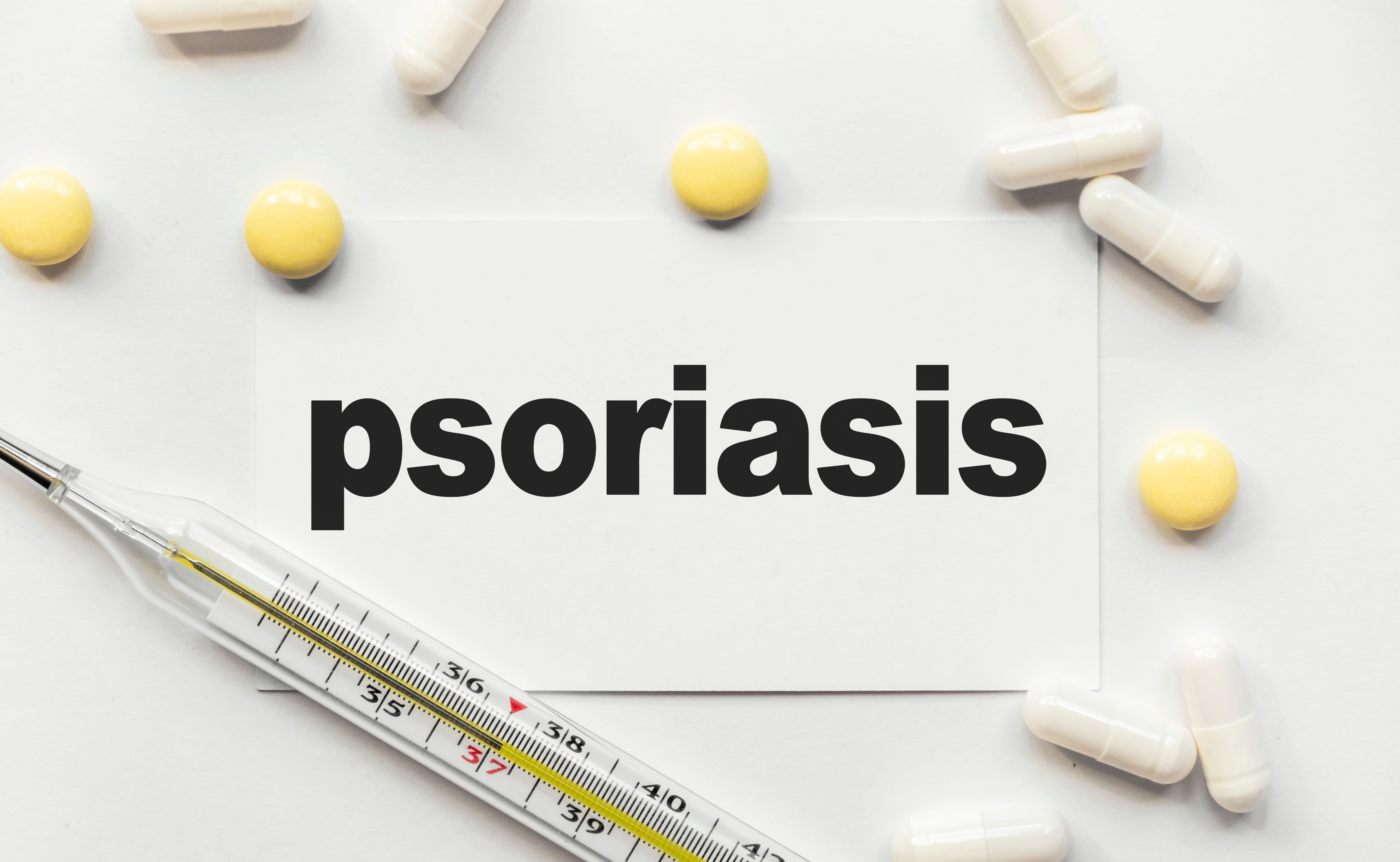- Center on Health Equity and Access
- Clinical
- Health Care Cost
- Health Care Delivery
- Insurance
- Policy
- Technology
- Value-Based Care
Study Finds Efficiency Frontier Approach Provides Solution to High Drug Prices for Psoriasis in the US
Researchers suggest an alternative method to align drug prices with clinical benefits for patients with psoriasis.
Using an efficiency frontier (EF) approach to negotiate drug prices for expensive biologic drugs for psoriasis could lead to substantial price reductions in the US while aligning with clinical benefits, according to a new study.

This health evaluation study published today in JAMA Dermatology.1
“The efficiency frontier offers policymakers an intuitive method for assessing the comparative value of drugs, particularly among drug classes where differences in efficacy can be adequately compared using a single measurement,” said lead investigator Alexander Egilman of PORTAL, in a statement.2 “This approach may be particularly helpful for state and federal policymakers who are prohibited from using QALYs.”
PORTAL is the Program on Regulation, Therapeutics, and Law within the Division of Pharmacoepidemiology and Pharmacoeconomics, Harvard Medical School/Brigham & Women’s Hospital.
Although most other countries use cost-effectiveness models to align drug prices with their clinical benefits for patients, this approach has been blocked in the US due to political opposition to measuring drug benefits based on quality-adjusted life years (QALYs). Therefore, this study aimed to understand how EFs can be used at the state and federal policy levels to achieve drug prices based on clinical benefits in patients with plaque psoriasis.
The researchers used the EF approach to compare the prices and clinical benefits of 11 biologics: adalimumab, brodalumab, certolizumab, etanercept, guselkumab, infliximab, ixekizumab, Risankizumab, secukinumab, tildrakizumab, and ustekinumab, as well as 2 biosimilars: infliximab-abda and infliximab-dyyb, for plaque psoriasis in the US.
Data were collected from February to March 2023, and analyzed from March to June 2023.
EFs were constructed based on efficacy measurements, including Psoriasis Area and Severity Index (PASI) 90 response rate and annual treatment costs as of January 2023. Costs were defined as the net of estimated manufacturer rebates. The researchers also compared EF-based prices with traditional cost-effectiveness analysis-based prices calculated by the Institute for Clinical and Economic Review at a threshold of $150,000 per QALY gained.
In 2023, the net price for a year’s supply of these 13 drugs ranged from $1664 for infliximab-dyyb to $79,277 for risankizumab, and the percentage of patients who experienced a 90% improvement in psoriasis (PASI 90) ranged from 17.9% with etanercept to 71.6% with risankizumab.
Additionally, median (IQR) net annual treatment costs were higher in the US ($34,965 [$20,493-$48,942]) compared with prerebate costs in Australia ($9179 [$6691-$12,688]), Canada ($15,556 [$20,493-$48,942]), France ($9478 [$6637-$11,678]), and Germany ($13,829 [$13,231-$15,837]).
Furthermore, 3 drugs were identified as cost-effective using the EF approach:
- Infliximab-dyyb: PASI 90, 57.4%; annual cost, $1664
- Ixekizumab: PASI 90, 70.8%; annual cost, $33,004
- Risankizumab: PASI 90, 71.6%; annual cost, $79,277
Therefore, prices for other drugs would need to be lowered by a median 71% (31%-95%) to align with prices for the most cost-effective therapeutic alternatives.
The researchers acknowledged some limitations to their study, including that most of the biologics used in the study were approved for multiple indications and the clinical benefits they provide in treating other conditions contribute to their price. Additionally, the researchers did not have access to confidential rebates and discounts outside of the US and had to compare US net prices with ex-factory prices in Australia, Canada, France, and Germany.
Despite these limitations, the researchers believe their study highlights how the use of the EF approach could achieve substantially lower prices, while aligning costs and benefits of biological psoriasis treatments.
“These findings suggest that EFs could be used by state and federal payers, as well as private health insurers and pharmacy benefit managers, to achieve substantially lower prices for biological psoriasis treatments and better align their prices with the clinical benefits they offer to patients,” they wrote.
References
1. Egilman AC, Kesselheim AS, Avorn J, et al. Use of efficiency frontiers to align prices and clinical benefits of biologic therapies for plaque psoriasis. JAMA Dermatol. Published online February 21, 2024. doi:101.1001/jamadermatol.2023.6236
2. Using efficacy frontiers to align prices and clinical benefits of biologic therapies for plaque psoriasis. News release. PORTAL. Published online February 21, 2024. Accessed February 20, 2024.
CMS' 340B Repayment Proposal May Harm Vulnerable Hospitals, Reward Those With Higher Revenues
April 26th 2024The 340B hospitals not receiving an offsetting lump-sum payment from CMS following 2018-2022 cuts later ruled unlawful are disproportionately rural, publicly owned, and nonacademic, according to a new study.
Read More
Kaiser Permanente was hit by a data breach in mid-April, impacting 13.4 million health plan members; GlaxoSmithKline (GSK) sued Pfizer and BioNTech for allegedly infringing on its messenger RNA technology patents in the companies’ COVID-19 vaccines; the CDC announced the first-known HIV cases transmitted via cosmetic injections.
Read More
